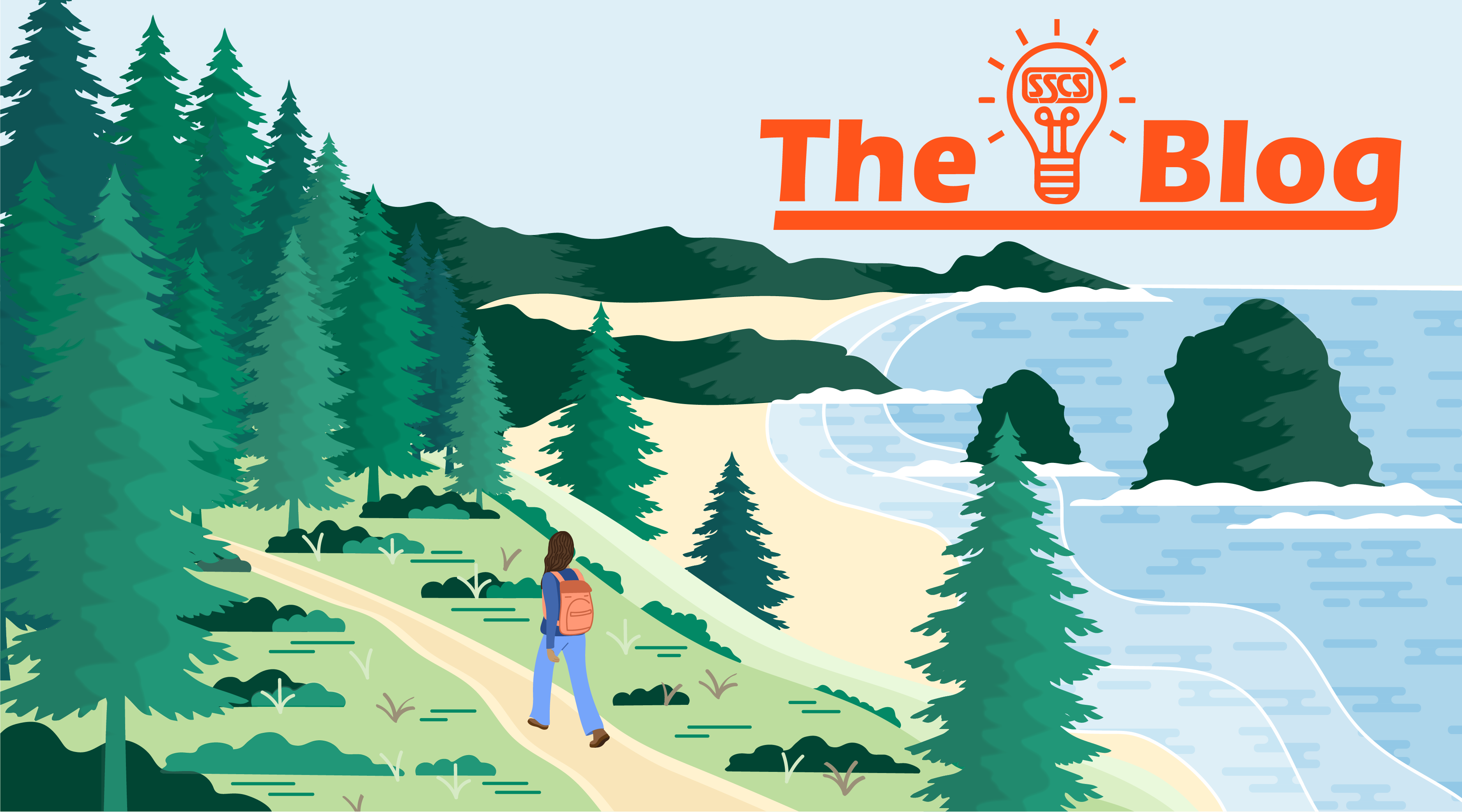
The Misty-cal Oregon Post (Part 2)
Dinosaurs, beautiful hikes, windsurfing championships, and, of course, c-stores await you.
In last week’s blog post, we took our readers on the first part of a trip up the Oregon Coast, an area perennially overlooked by travelers even though it consists of almost 400 miles right on the Pacific Ocean. Despite its low profile, the area is so full of interesting attractions that we couldn’t fit them into a single post.
Today we’ll move gradually up the coast from south to north. That’s good, because it means we can start with the dinosaurs hanging out down around Gold Beach. We promised them last week and we don’t want to disappoint, so feast your eyes on this baby:
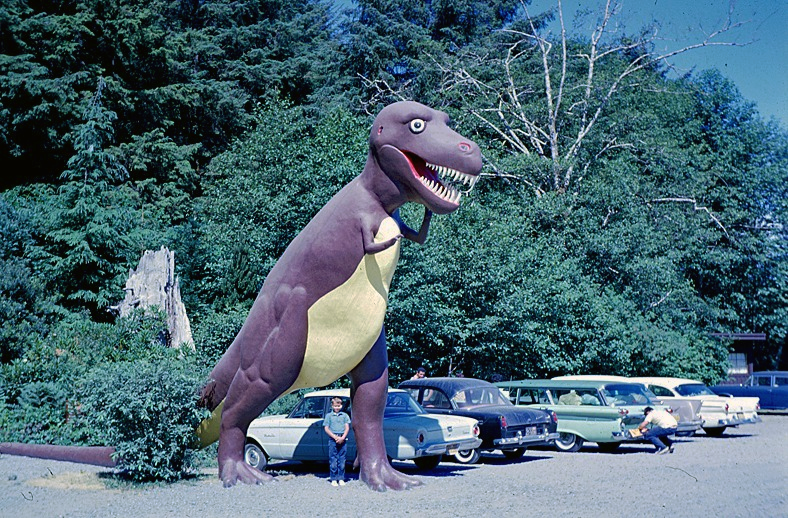
Okay, so you’ve probably noticed some of the “vintage” cars in this photograph, but that shouldn’t surprise you! Dinosaurs have been around forever, including this guy, who mercifully didn’t stomp on that kid! The wall of green behind him hides the rest of Prehistoric Gardens, built in 1955, but still going strong, even if their visualizations of prehistoric animals are a little dated (you won’t find feathers on these dinosaurs, for example).
Not that Gold Beach is a one-trick pony. Besides being a nature-lover’s paradise with miles of isolated beaches, the Pistol River Wave Bash, taking place every summer, is the only event in the U.S. on the International Wind Surfing National Tour. Competitors can find replenishment at the Gold Beach Market and Deli, with a variety of c-store merchandise.
Many champion the Northwest Coast’s shellfish—which includes Dungeness crab, oysters, clams, and geoduck—as being among the best in the U.S. Oregon Oyster Farms, Inc., founded in 1907 in Newport, Oregon, not only offers tasty products in its retail store, but provides an inside look at how harvesting oysters in the cold, pristine waters of the Pacific Ocean takes place. When you’re finished observing, the Fueling Station, born as a Chevron gas station in 1967, and currently sporting an attractive exterior design reflecting the unvarnished charm of the area.
Further north, in Lincoln City, the pitch for tourists is an unusual one: glass. Not glassware, not stained glass, but 3,000 handcrafted glass floats—pieces of art, really—that are scattered across seven miles of beach during events collectively called, Finders Keepers. Registered participants search for them, keeping what they find, an activity often part of an overarching theme (red and pink floats for Valentine’s Day, for example). Lincoln City also boasts Oregon’s only biosphere, which makes sense given the unspoiled natural landscape that permeates the region. The area is fully equipped for when you want to take a break, too: a Circle K is nearby.
The northmost, and last, point of this tour, Cannon Beach, is perhaps the most resort-like area of the Oregon Coast.
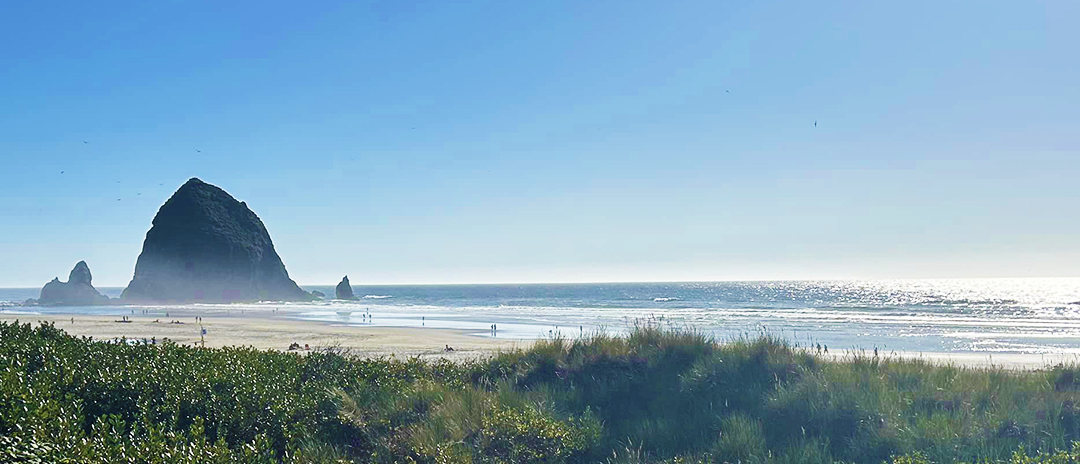
Featuring Haystack Rock, pictured above, and filled with bead-and-breakfasts, beach bungalows, and motels, Cannon Beach exemplifies the best of what the coast has to offer. The city has a quaint small town vibe, and there are art galleries, boutiques, and cafes lining the streets. Outdoor enthusiasts enjoy hiking in nearby Ecola State Park and exploring tide pools at low tide. No wonder so many Portland residents get out of the city to enjoy a long weekend here; it’s only an hour-and-a-half away. Mariner Market is one of the distinctive c-stores in the area catering to visitors, a rustic gathering place with lots to offer.
That’s just a glimpse of what awaits you on the Oregon Coast, and as you can see, there is no shortage of c-stores to help you stay energized during the full coastal experience. No matter where you are, teeming metropolis or isolated hamlet, the retail petroleum industry is there to make sure you are never out of the essentials. It’s a varied marketplace, like the SSCS customer base we support with back office technology. No matter where your store is, we can help you. Call us at (800) 927-7277 and see what we mean.

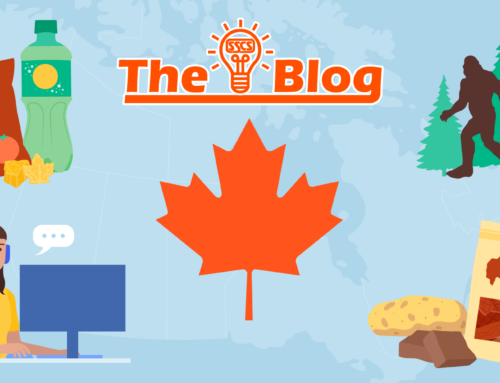
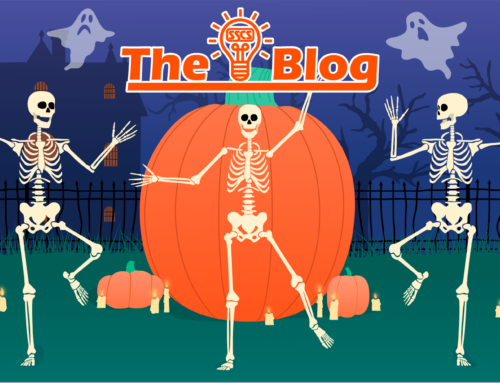

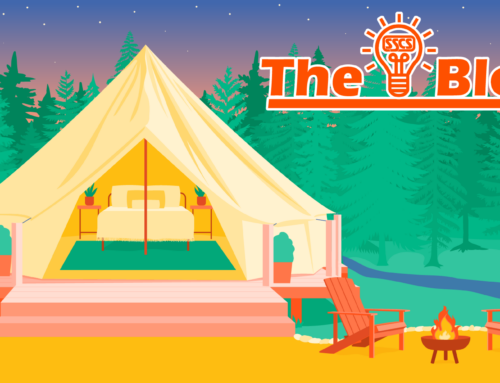

Leave A Comment